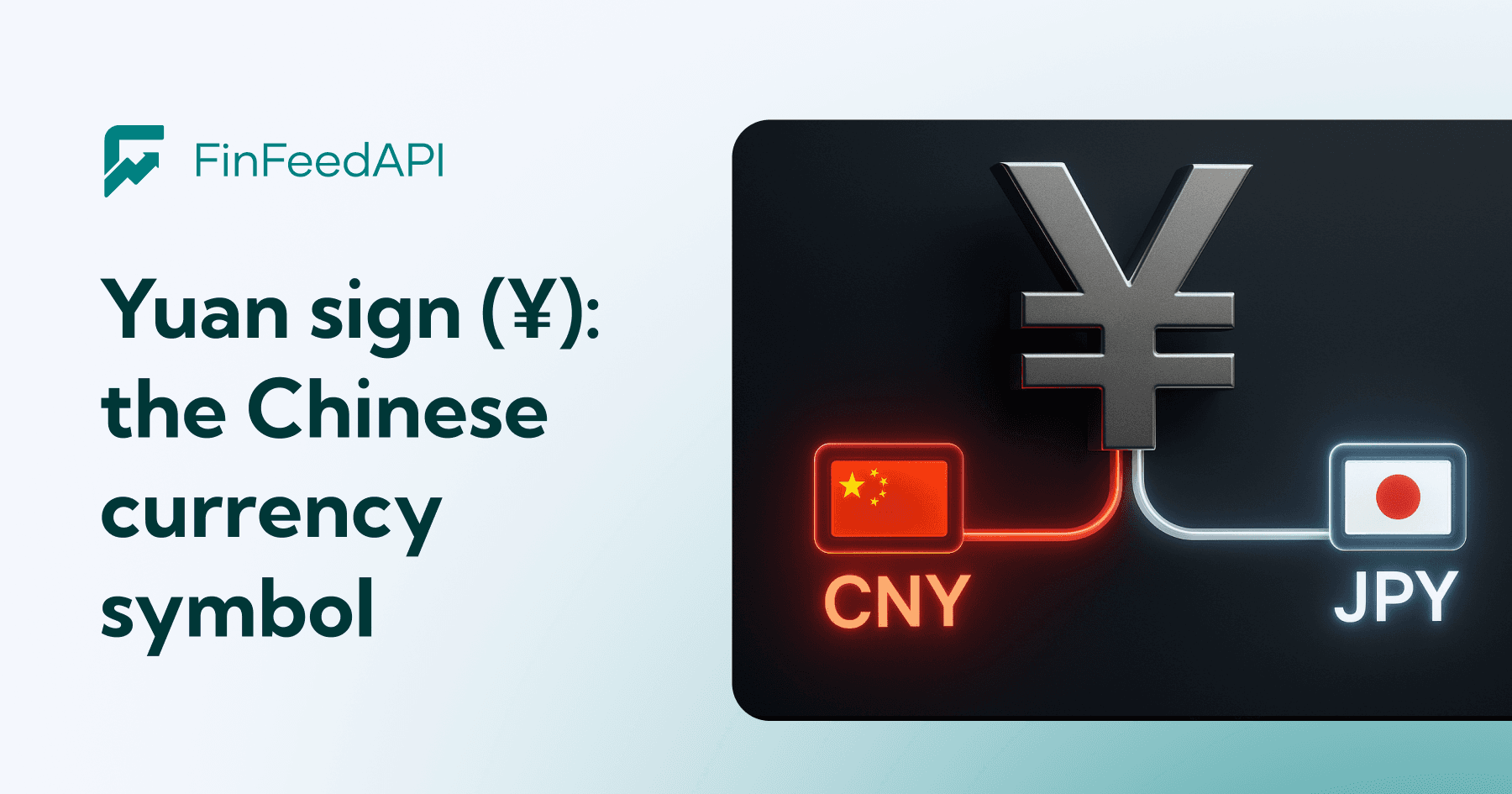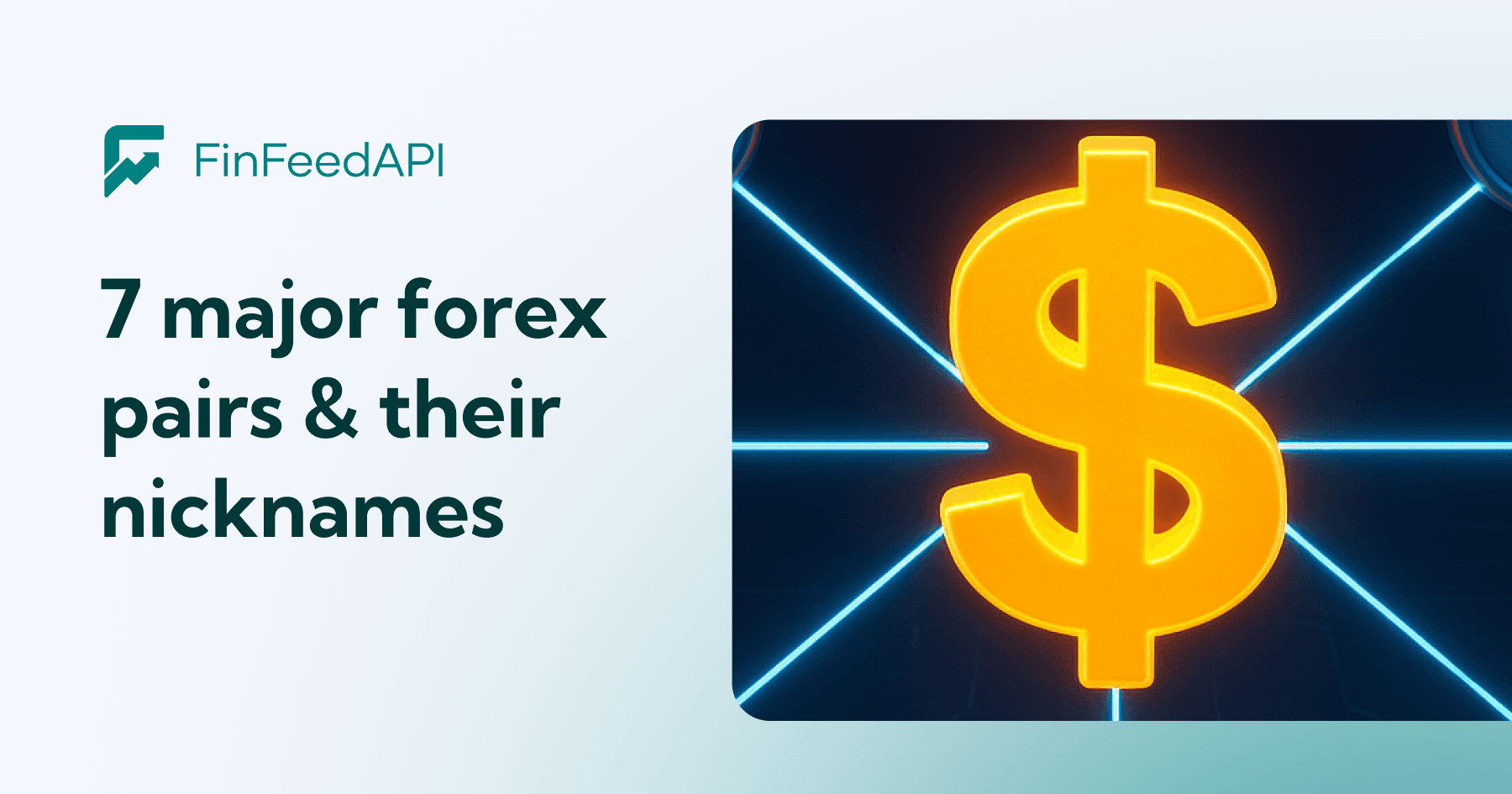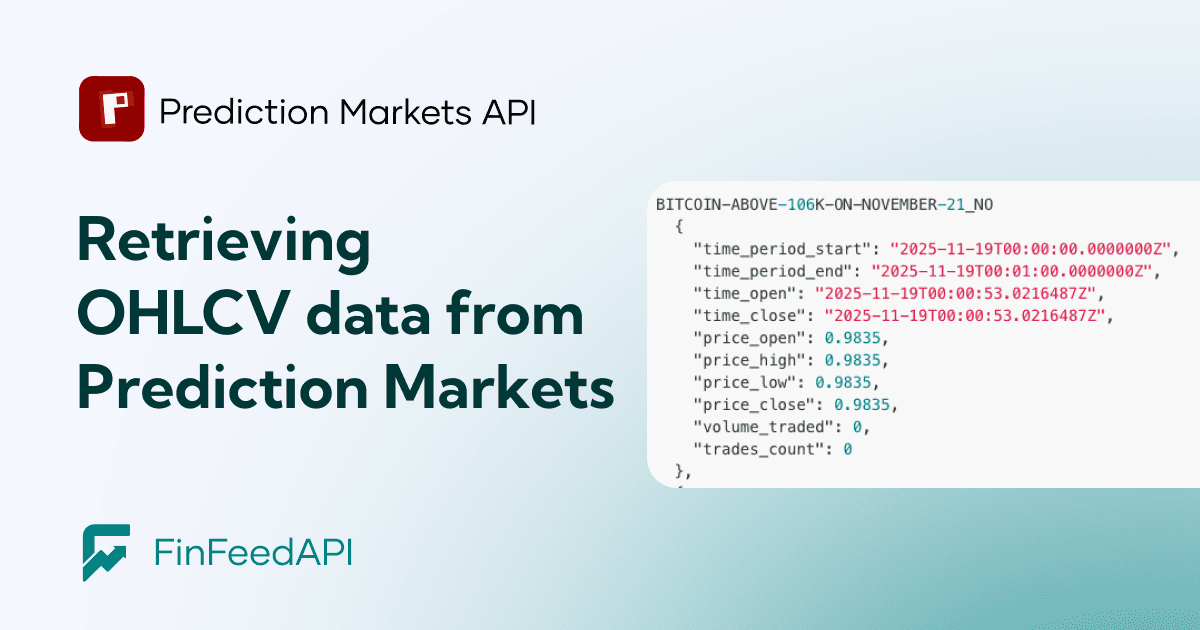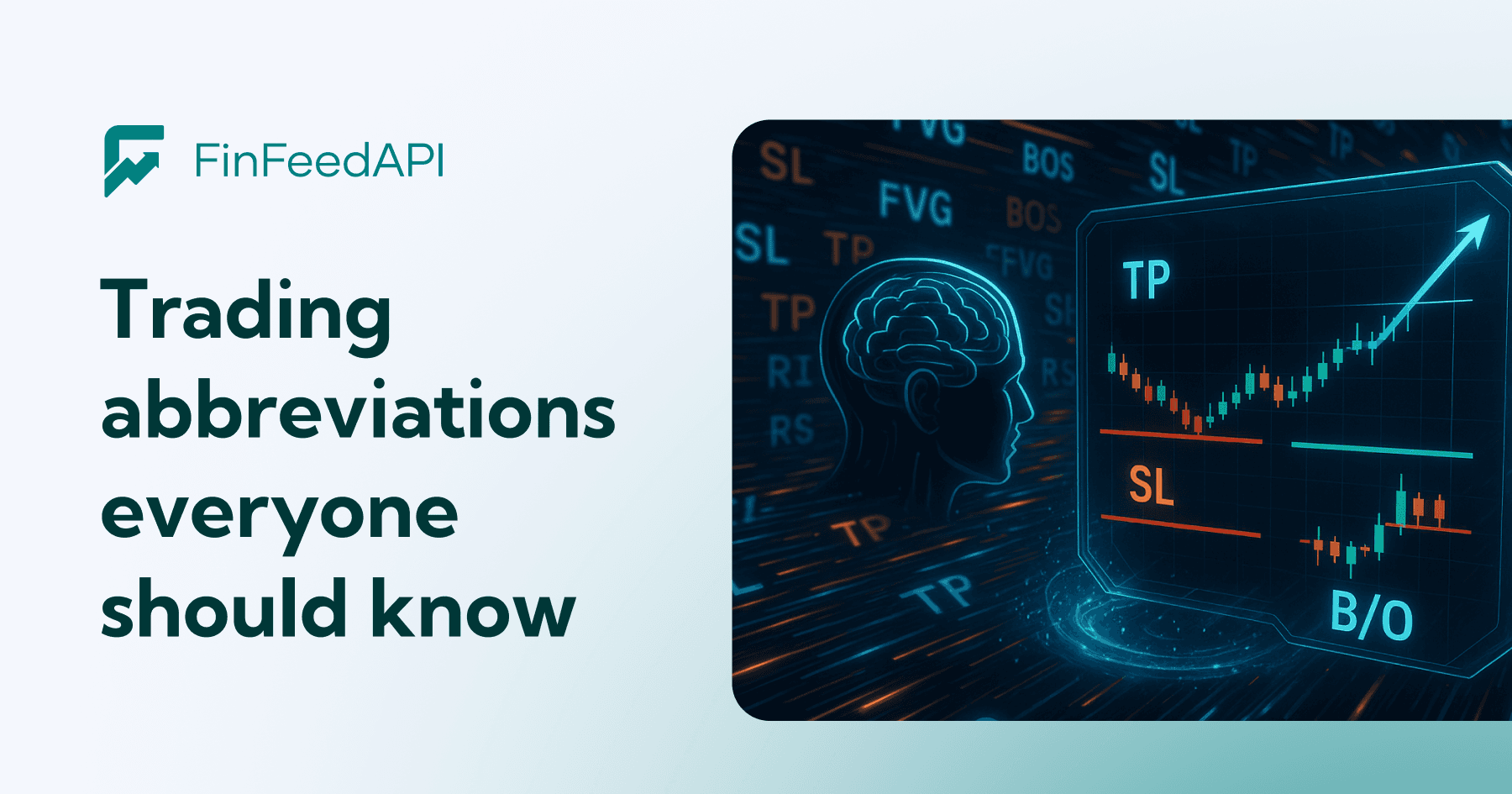Financial data runs the modern markets. It powers trading dashboards, robo-advisors, portfolio trackers, banking apps, and even the charts investors stare at all day. But that data doesn’t magically appear in your code — APIs move it.
If you’re building financial software, you’ll eventually face a fundamental decision:
Should you use REST or WebSocket?
Both are essential. Both move data. But they work very differently, and choosing the wrong one can make your app feel slow, outdated, or unreliable.
Let’s break down how each works, where each shines, and how they fit into real financial systems.
REST APIs: The Reliable Workhorse
Picture REST as the digital mail service.
You send a request. You wait. You get a response.
It’s the standard most developers already know, and for many financial use cases, it’s exactly what you want.
REST works over familiar HTTP verbs like GET and POST.
Ask /stocks/AAPL/history for yesterday’s closing price, and it returns the data neatly wrapped in JSON.
The key trait?
Every request stands alone.
This makes REST predictable, easy to test, and easy to scale — especially for financial data that doesn’t change every second.
Where REST fits best
REST feels natural when your app deals with information that updates occasionally, such as:
- Historical stock prices
- Quarterly earnings releases
- End-of-day balances
- Economic indicators that shift slowly
Because each request is independent, servers can cache responses. That means your app doesn’t need to hit the database every time someone loads the same chart or report. Less work. Faster results.
For beginners in financial development, REST is often the ideal starting point.
WebSocket APIs: The Real-Time Responder
If REST is mail, WebSocket is a live phone call.
Once the connection is open, data flows back and forth instantly without the overhead of repeated requests. That makes WebSocket the perfect match for markets where a few milliseconds can change everything.
Unlike REST, the server can push data to the client the moment something happens.
A price moves?
An order executes?
A market event triggers an alert?
It appears immediately — no polling, no waiting.
Where is WebSocket best
WebSocket is built for real-time experiences, including:
- Live market data feeds
- Day-trading dashboards
- Streaming order updates
- Auto-refreshing charts and tickers
- Price alerts and notifications
If your users need to react now rather than in five seconds, WebSocket is the only viable choice.
Which One Should You Choose?
It depends entirely on what you’re building.
REST makes sense when:
- You're building long-term investment tools
- Users check their data occasionally
- You analyze historical trends
- Performance isn’t tied to real-time speed
- You want simplicity and reliability
WebSocket is good when:
- Users expect live prices
- You’re building a trading interface
- Alerts must fire instantly
- Speed is a selling point
- Every millisecond matters
Many robust financial applications use both.
REST handles setup, bulk requests, and slow-moving data.
WebSocket handles the live feed that makes the interface feel alive.
Real-World Problems
Both technologies have challenges developers should expect.
REST’s main drawback?
Apps that “poll” too frequently crush servers with repetitive requests — especially when thousands of users keep asking “Did the price change?” every second.
WebSocket’s challenge?
That constant open connection requires more resources. At scale, it may force a redesign of your infrastructure. And security requires careful setup using WSS to protect sensitive financial data.
Neither is perfect. Both demand thoughtful implementation.
Putting It Into Practice
Imagine two apps:
1. A long-term investing dashboard
Users want performance charts, dividend history, earnings summaries, and asset allocation breakdowns.
REST is the obvious choice:
- Data changes slowly
- Requests can be cached
- Users log in occasionally
- Development remains simple and fast
2. A day-trading platform
Users stare at constantly moving charts and need to place orders the moment a price hits a threshold.
WebSocket becomes non-negotiable:
- Prices must update instantly
- Orders need immediate confirmation
- The UI must feel alive
- A delay costs real money
These two apps live in the same financial universe — but they demand completely different data pipelines.
The Bottom Line
REST and WebSocket aren’t rivals.
They’re tools — and the best financial applications know when to use each.
REST delivers stability, simplicity, and efficiency for data that doesn’t need a live connection.
WebSocket brings markets to life with real-time updates and interactive speed.
Mastering both gives you the flexibility to build apps that feel fast, reliable, and purpose-built for the world of finance.
Build It Faster With FinFeedAPI
Stop wrestling with data sources.
One API, dozens of exchanges, historical + latest prices. Try it free today.















